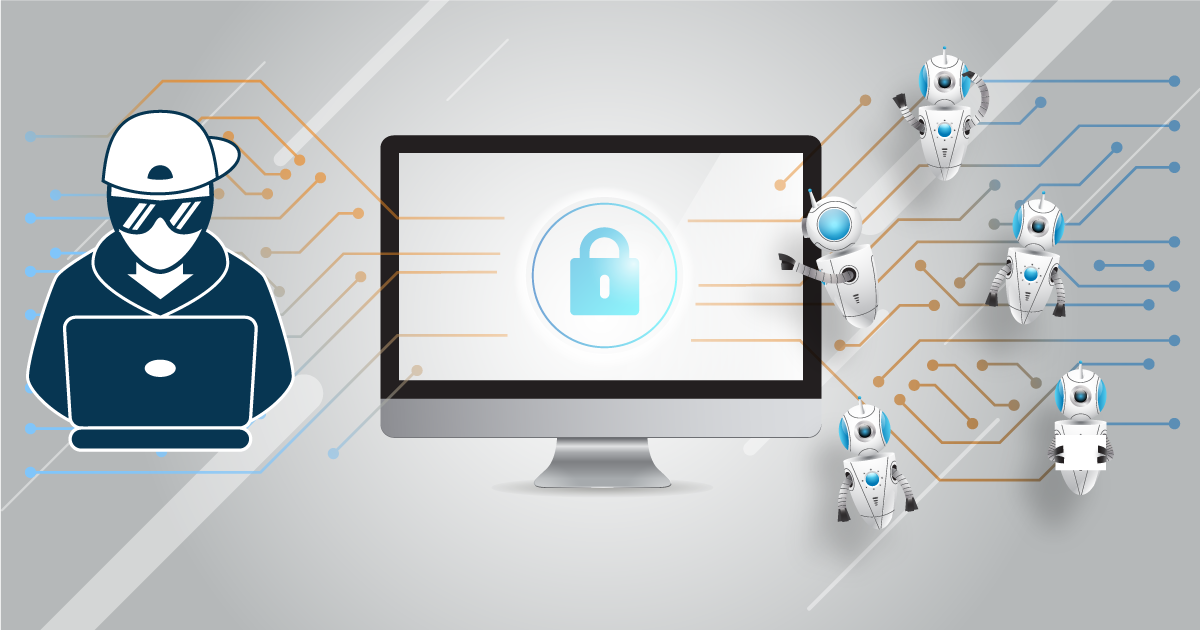During a network vulnerability scan, a network is analyzed for potential points of entry and vectors of attack that hackers can use to breach the security of the system. Once vulnerabilities are found, information about how they can potentially be exploited and what needs to be done to fix these vulnerabilities is provided.
Table of Contents
How often should network vulnerability scans be performed?
There are many things that need to be taken into account when determining the recommended frequency of vulnerability scans. First of all, if the industry where your company operates has certain cybersecurity compliance requirements imposed by a government body, you will need to conduct vulnerability scans at least as often as these regulations specify. Typically, companies are required to conduct vulnerability scans and mitigate issues that are found at least once a quarter.
When you make a major infrastructure change in any part of your IT systems, it is recommended to conduct an unscheduled vulnerability scan to ensure that these changes haven’t introduced any new vulnerabilities into the system. So, if you make changes to your IT infrastructure often, you will need to conduct frequent vulnerability scans.
Finally, the frequency of scans also depends on the amount and sensitivity of the data your organization stores.

How to perform network vulnerability scanning?
To perform a vulnerability scan, you first need to identify all the devices that need to be scanned. Next, choose the type of scan that needs to be performed on these devices and set up the scan by creating a list of IPs that will be targeted during the scan and configuring other settings. Once all the settings have been configured, the software will perform the scan and generate a report. The final step is to analyze the results of the scan and to patch all the vulnerabilities that have been discovered.
Frequently asked questions about network vulnerability assessments
What types of network vulnerability scans are there?
Vulnerability scans can be categorized into authenticated and unauthenticated assessments. During an unauthenticated scan, the professional performing the scan doesn’t have authorized access to the system, which means he has the same initial level of access, capabilities and information as a hacker.
How long does a vulnerability scan take?
When performed automatically using software, a quick vulnerability scan can take from 1 to 3 hours, while a more comprehensive scan can take up to 10 hours.
